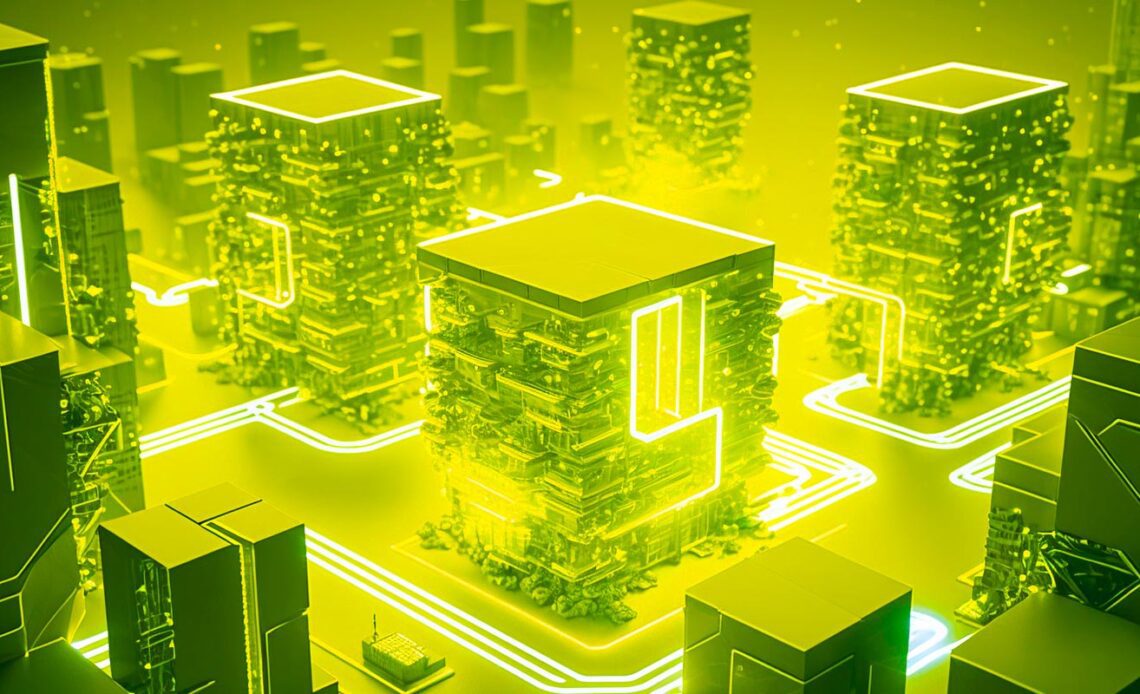HodlX Guest Post Submit Your Post
Blockchains are decentralized and distributed ledgers that can record any information including financial transactions across a network of computers.
A block is an information system that holds a group of transactions or recordings in chronological order and is connected to other blocks, forming a chain. Hence, the name of the technology is ‘blockchain.’
Cryptocurrencies functioning on blockchains serve as digital currencies to record and execute transactions.
Cryptocurrencies or ‘digital currencies’ are specific applications of blockchain technology, which are decentralized ledgers recording various transactions.
Understanding the blockchain technology
Blockchain is a novel and promising technology that promises to revolutionize the industry of finance and other sectors such as logistics, databases and many more.
Blockchain stands upon three main pillars or principles decentralization, transparency and superior security.
With blockchain technology powering digital currencies such as Bitcoin and Ethereum, it is possible to transact money without middlemen such as banks or any other financial institutions.
To achieve this, blockchain technology employs a trustless consensus mechanism.
The consensus mechanism is a computer code that does not require humans to trust the counterparty when sending or receiving digital currencies called, ‘coins.’
These coins are called cryptocurrencies, as the blockchain is protected using cryptographic hashing.
Let’s delve into the fundamental principles of blockchain technology.
Decentralization
Blockchain operates on a network of computers called, ‘nodes,’ and each of them holds the same copy of the ledger with recordings of transactions.
They compare their copies of blocks to reach a consensus and quickly identify any inefficiencies or fraud, making it almost impossible to hack the network.
As a result, the entire blockchain isn’t under the control of a single entity nstead, consensus on transaction validity is achieved through the majority of nodes.
Decentralization is a cornerstone of all public blockchain networks, as it eliminates the need for a central governing entity.
Transparency
All the information about transactions on the blockchain is visible to all participants in the network.
Once a block is added to the chain, it becomes immutable meaning no one can modify it.
This ensures that information is transparent and nothing…
Click Here to Read the Full Original Article at The Daily Hodl…
























